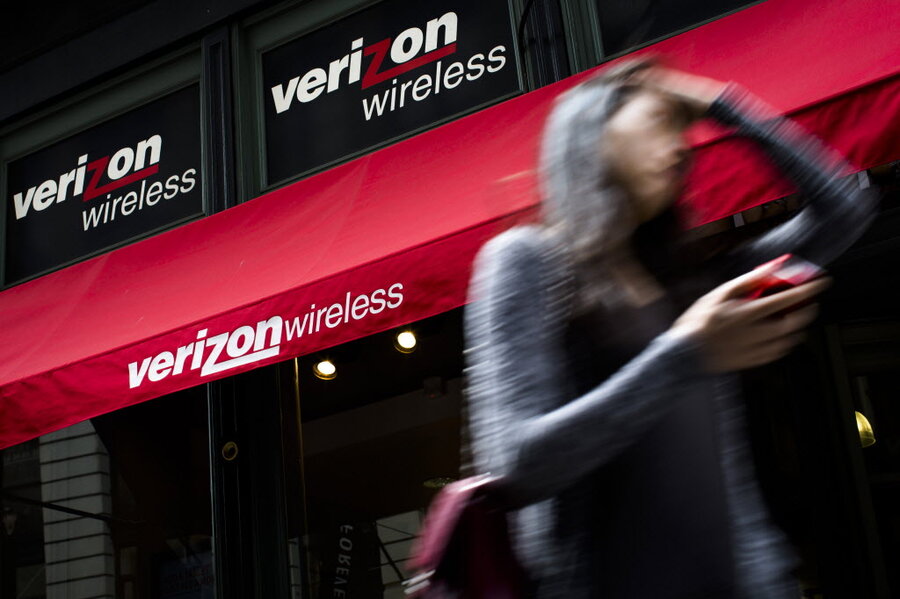You can now text 911 in emergencies, but it's better to call
Loading...
Need emergency assistance? Pull out your phone and text 911.
Yes, text. The universally known emergency line of communication is getting a wireless update this week. Starting Friday, the four big wireless carriers (T-Mobile, Sprint, Verizon, and AT&T) are implementing the ability to text 911 to contact call centers, or public safety answer points (PSAPs), with text-to-911 services, in light of statistics that point out nearly two-thirds of emergency calls are placed through cellular devices. However, the option is still in limited release and in testing mode, so before you hit “send text” instead of “call” on your next emergency be sure to know the caveats of this new service.
“Today, most consumers cannot reach 911 by sending a text message from their wireless phone,” says the Federal Communication Commission in a FAQ on the Text-to-911 program. “In limited areas of the United States, however, it is now possible to use certain wireless telephone services to send a text message to 911.”
What does limited areas mean? This updating deployment sheet from the FCC says that certain counties in states such as Colorado, Georgia, Illinois, Indiana, Iowa, Maine, Maryland, Montana, New York, North Carolina, Ohio, Pennsylvania, South Carolina, Texas, Vermont, and Virginia currently have the service. Though the four main wireless carriers have enabled the service, individual PSAPs must have the capability to receive these messages in order for it to work. Currently, if you text 911 and your local emergency call center does not support the technology, you will get an immediate bounce-back message letting you know this is the case and that you should dial 911.
The FCC also says that calling is always the better option.
“Even where text-to-911 is available, if you are able to make a voice call to 911, and if it is safe to do so, you should always make a voice call to 911 instead,” the FCC adds. “Voice calls allow the 911 operator to more quickly ask questions and obtain information from the caller, while two-way communication by text can take more time and is subject to limits on the length of text messages.”
Text-to-911 also changes the immediate information the emergency responder receives. With phone calls, the responder immediately has your location and phone number. With a text message, that information is not immediately available so texters have to give clear indication and address of where they are located as quickly as possible. In addition, phone calls allow for more qualitative information about the caller, including background noises, the tone and urgency in a caller’s voice, and non-information details, such as slurred words.
That being said, the service has major implications for those who are hard of hearing, have a speech disability, or are in an emergency situation in which making noise could exacerbate danger.
This program has been tested in Vermont since 2012. Last September, VTDigger.com reported that emergency call centers had fielded 185 texts since the program began. Though most were tests to see if the program worked, 15 were emergencies. Due to this, responders prevented a suicide and stopped an assault from escalating, among other responses.
Though the program is not widely available around the country, the FCC says the program will grow as PSAPs upgrade their systems.
Keep in mind if you do have text-to-911 capability, you must have a wireless plan that includes texting, and occasionally a wireless data plan. Contact your wireless company if you have further questions about your specific plan.








